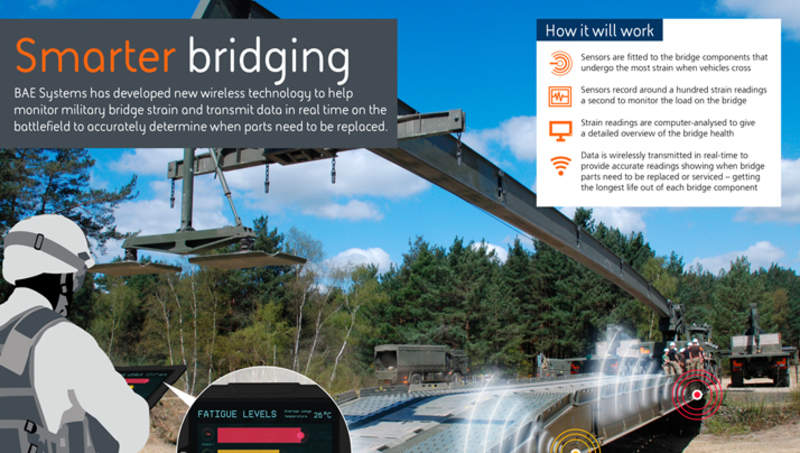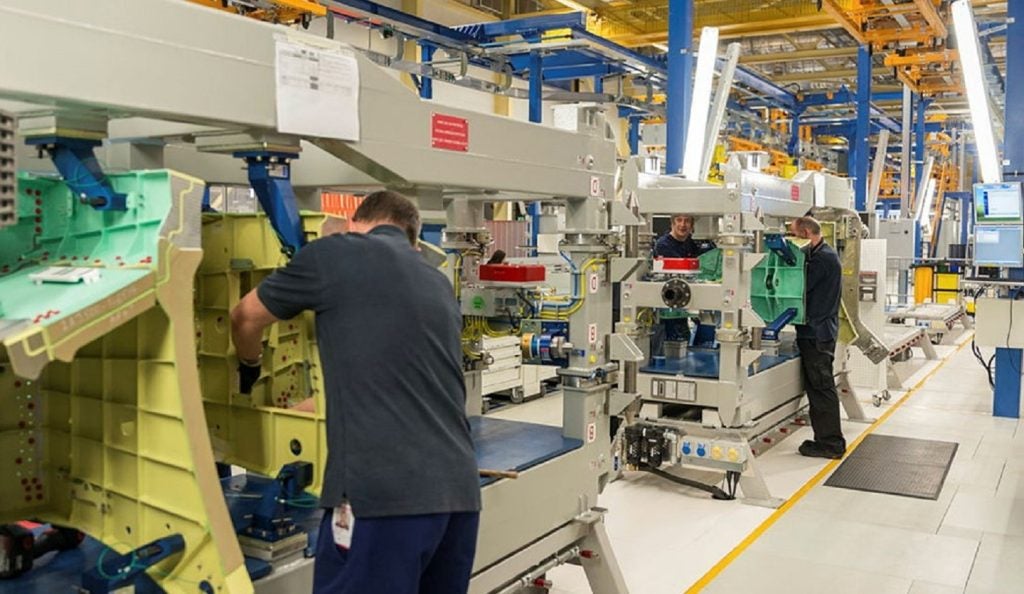
A team of engineers at BAE Systems in the UK have developed bluetooth-enabled sensors to evaluate the status of military bridging systems.
The new ‘fatigue monitoring’ technology is being tested by the company’s specialist military bridging team at its site in Telford, Shropshire, UK.
This wireless technology is capable of continuously detecting the stress and strain on bridges that are designed to be used by tanks such as Challenger 2, which weighs more than 60t.
BAE Systems Land (UK) Bridging business manager John Lees said: “The biggest obstacle to monitoring bridge health is achieving a continuous flow of accurate data telling you what the bridge is experiencing. Simply monitoring the number of crossings – as most military users do now – doesn’t give an accurate picture.
“Our new solution monitors and analyses all of these variables to give a real-time, accurate assessment of bridge conditions. It will make it easier to use our bridges in civilian situations such as disaster relief, where keeping accurate data on crossings is very difficult.
See Also:
"It will also reduce whole-life ownership cost by ensuring bridges are serviced only when required and that they can confidently be used for their entire service life.”
How well do you really know your competitors?
Access the most comprehensive Company Profiles on the market, powered by GlobalData. Save hours of research. Gain competitive edge.

Thank you!
Your download email will arrive shortly
Not ready to buy yet? Download a free sample
We are confident about the unique quality of our Company Profiles. However, we want you to make the most beneficial decision for your business, so we offer a free sample that you can download by submitting the below form
By GlobalDataThe new technology uses a series of sensors fitted to the bridge components that undergo the most strain and records around a hundred strain readings per second to monitor, according to the company.
The data is then wirelessly transmitted from the sensors to a handheld device, allowing soldiers to easily assess the status of the bridge, according to the company.
A computer-analysis is then performed to give a component-by-component overview of bridge health.
In addition, a specialist team at the company is currently involved in the development and testing of a next-generation modular bridging system.




